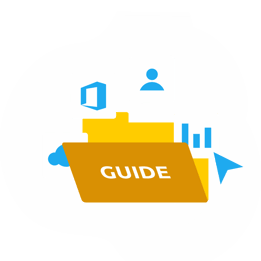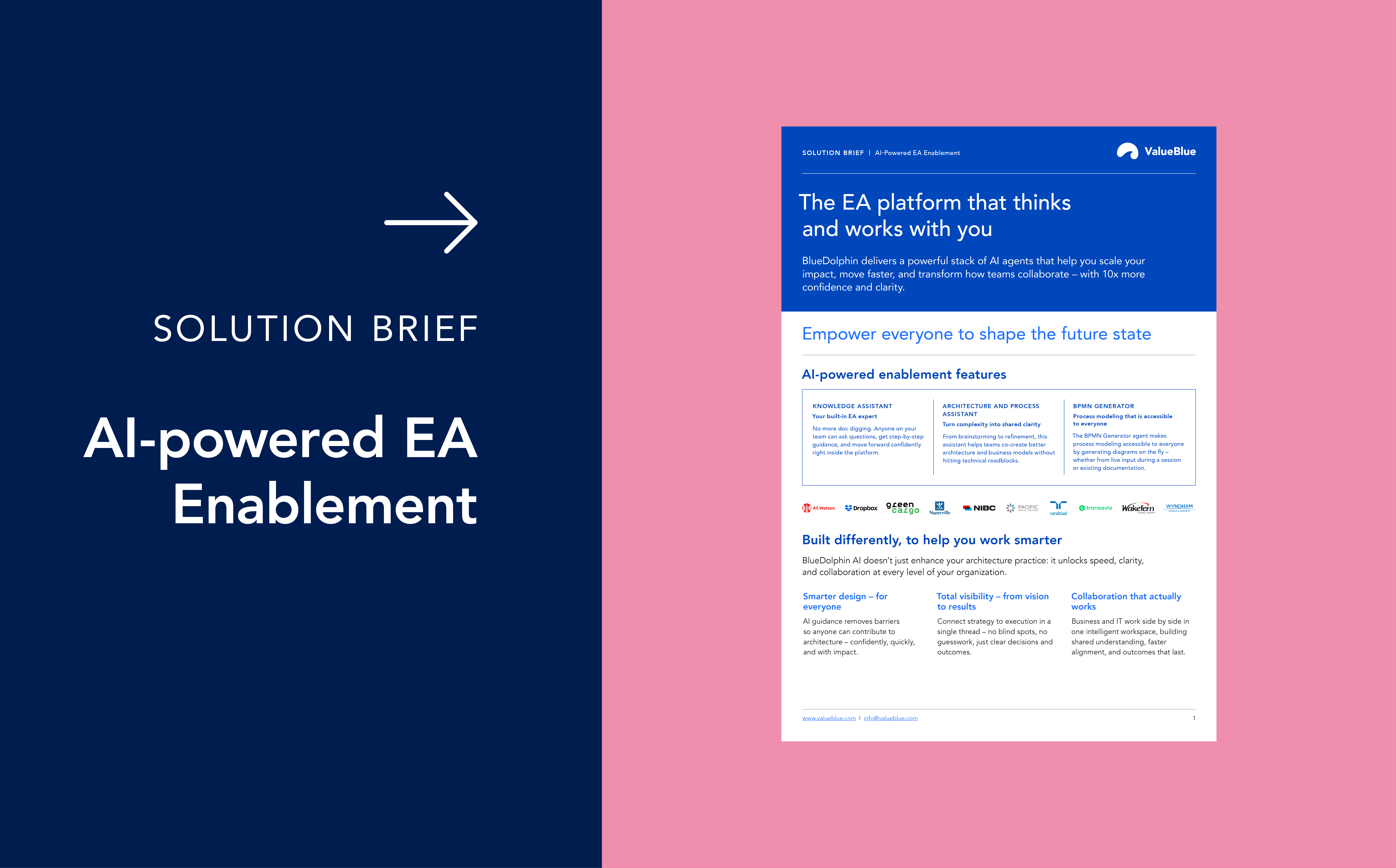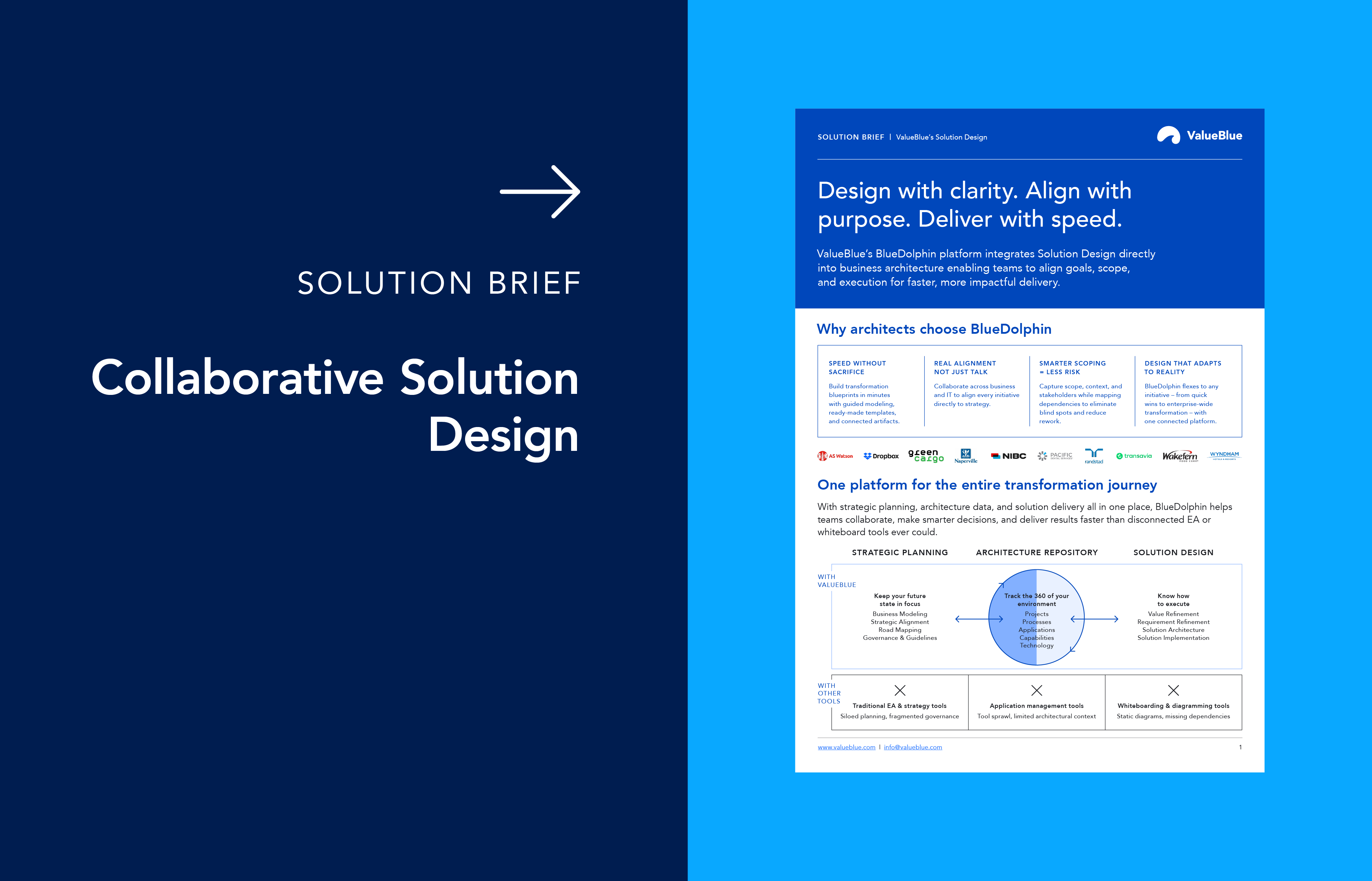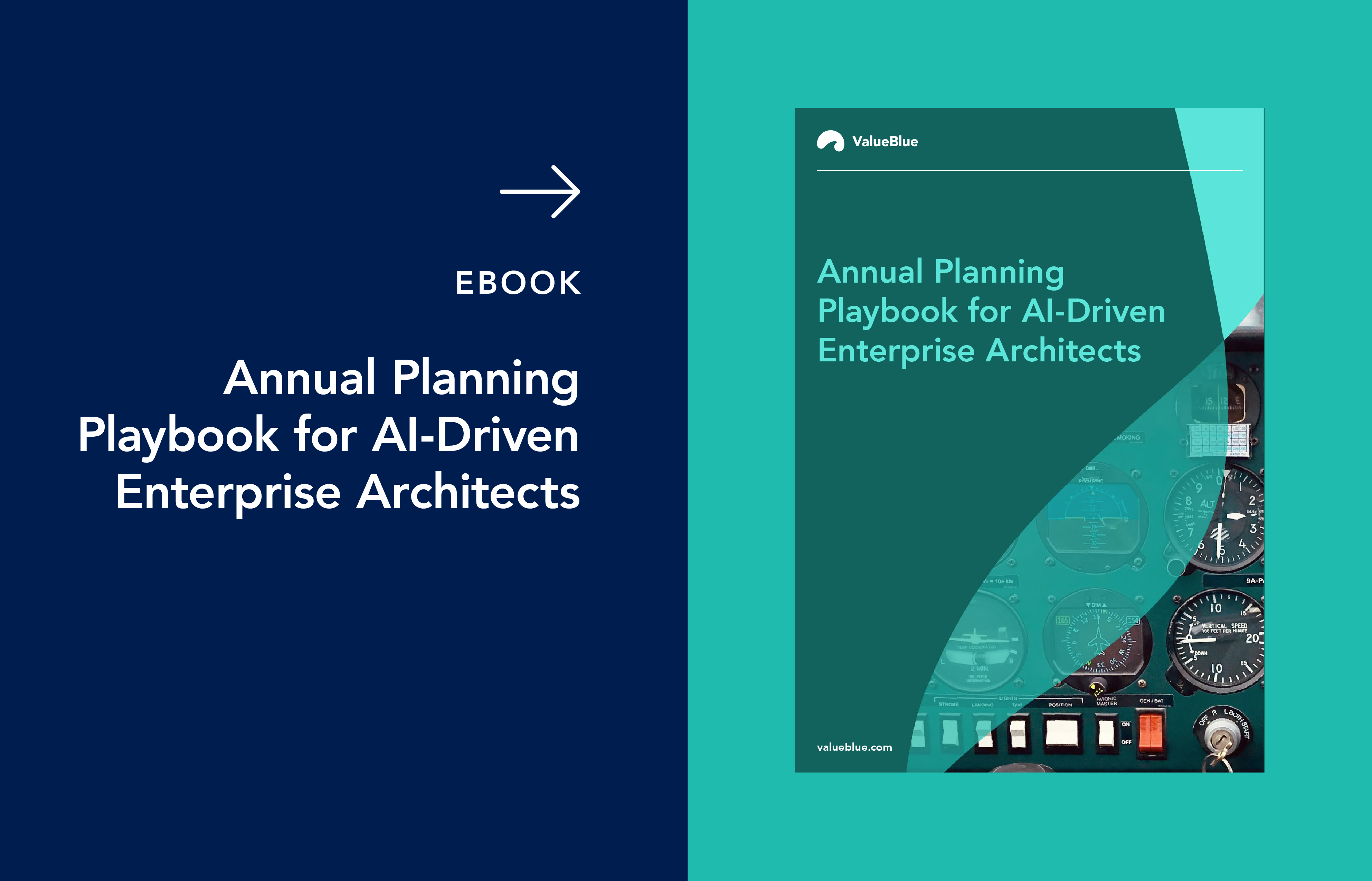Is Your Application Portfolio Management Falling Short?
‘It’s time for an App Rationalization exercise! We need to reduce spend…’
Sound familiar? It’s unsurprising – budget is an extremely important consideration when it comes to application portfolios. With many organizations moving to cloud-first strategies, security and application risk to business capabilities is another valid concern.
But traditional Application Portfolio Management approaches that focus solely on cost or risk reduction may not be giving your organization the full view it needs. Rationalization initiatives can deliver short-term benefits, but they can also create long-term problems. With a focus on cost, other application portfolio capabilities are overlooked, with no ownership of the application lifecycle and the potential for significant future technical debt. Portfolio flexibility and responsiveness are also not considered, leaving IT teams with an application landscape that might be easier on the budget but operationally bulky.
It’s time to realize that cost-cutting initiatives are just one part of Application Portfolio Management. Effective APM is about so much more than short-term cost reduction and includes other Application portfolio management capabilities.
 Are your Application Portfolio Management capabilities falling short?
Are your Application Portfolio Management capabilities falling short?
Performing Application portfolio management can bring many savings and improvements to an organization. However, it is not an easy task and a traditional approach no longer works to fulfill all Application portfolio management capabilities.
Some common danger signs that your Application Portfolio Management capabilities aren’t delivering enough for your organization:
Application portfolio management is seen as a one-off project
Too often APM is seen as something temporary, a one-time action or one-off project to map the application landscape. This is a missed opportunity. Opportunities and and important information are missed, and the process must be restarted each time. The real ROI comes in the long run through ongoing governance of the APM landscape. Without clear procurement processes and insight into contracts for new and legacy applications, your portfolio will quickly become sub-optimal again. Proactively maintining application data enables your IT organization to proactively respond to real or potential risks and ensure business continuity.
APM takes too much time
Because many organizations don’t use optimal tools to handle APM, data collection can take far too long and produce only minimal results. When application data is not managed centrally, how can you be sure your data is correct? This slows you down, wasting time and opening the organization up to risk.
Your information is inaccessible
Just like inadequate tooling wastes valuable time, it also opens you up to data inaccuracies. When your application data is scattered throughout the organization, in Excel spreadsheets on individual hard drives or in Visio diagrams that are almost instantly out-of-date, you’re making information management unnecessarily difficult for yourself.
Plus, when data is so hard to find and validate, it’s almost guaranteed that your teams are analyzing incomplete information. Unsurprisingly, important insights will be lost, and you’ll miss valuable opportunities. This creates a vicious cycle. When APM provides few actionable insights, the practice will certainly not be sustained or effectively managed.
Cost-cutting is the order of the day
While cost cutting brings short-term benefits, it should not be the main goal of Application Portfolio Management. If the only focus is on keeping the technology budget as low as possible, other application risks and attributes will naturally be overlooked. If you’re failing to take into account the flexibility and responsiveness of the portfolio, you’ll be creating a landscape that may reduce cost but does not meet the organization’s operational requirements.
Strategic alignment between business and IT is non-existent
To realize the true potential of progressive Application Portfolio Management, it’s vital that the landscape is optimized for the most important business capabilities and processes of the company. This requires alignment between IT, architecture and business leadership on a strategic level, and the ability to clearly communicate portfolio insights to stakeholders across the organization. Too often, APM is performed by IT in a silo, with some input from the business on basic application features, but little to no strategic planning.
 So how do you uplevel your Application Portfolio Management capabilities?
So how do you uplevel your Application Portfolio Management capabilities?
It’s important to understand that your application landscape is one element of the existing IT landscape and architecture. Integrating it with your enterprise, project, process, and data architecture is what helps maintain information accuracy and thus deliver valid and useful insights. You must achieve a clear and complete understanding of the application landscape and its relationships to business capabilities, processes, functionalities, and Enterprise Architecture policies and principles. When you do, you can expect multiple benefits:
-
Functional overlap across applications can be identified and removed
-
Applications that pose real or potential risk to core business capabilities can be identified and removed
-
Application characteristics that facilitate future growth and expansion plans can be prioritized
ValueBlue’s progressive APM capabilities
Applications come together with your processes, data and technology in an architecture ecosystem that is continually evolving. ValueBlue’s platform and its solutions bring business IT and business together to enable what we call Agile Business Transformation — the strategic design of your organization’s future, alongside effective management and optimization of its current state.
ValueBlue’s Application Portfolio Management solution goes way beyond the usual application rationalization and governance initiatives. It offers a number of key capabilities:
 A clear step-by-step approach
A clear step-by-step approach
ValueBlue’s APM solution has been developed using a very clear, step-by-step approach, making it feasible and truly valuable for any organization.
 Standard Implementation Templates
Standard Implementation Templates
There are standard implementation templates that can be used out-of-the-box for each stage of APM maturity, along with easy-to-follow step-by-step guidance for executing each stage.
 “How-to” guides for each stage of maturity
“How-to” guides for each stage of maturity
The solution guides you through the steps of APM, telling you at each stage of APM maturity how to collect input (easily), maintain and analyze your data to achieve better results
 Clear reporting templates & dashboards
Clear reporting templates & dashboards
There are clear reporting templates for your own BI tooling, with dashboards that make it clear what you need to know to make the best decisions.
.png?width=350&height=188&name=MicrosoftTeams-image%20(145).png) The Ultimate Guide to Application Portfolio Management
The Ultimate Guide to Application Portfolio Management
We’ve created the Ultimate Guide to Application Portfolio Management to help every organization achieve more value from their APM practice. From common challenges to step-by-step guides – it’s all here. Access your free copy and start optimizing your landscape for the better.





